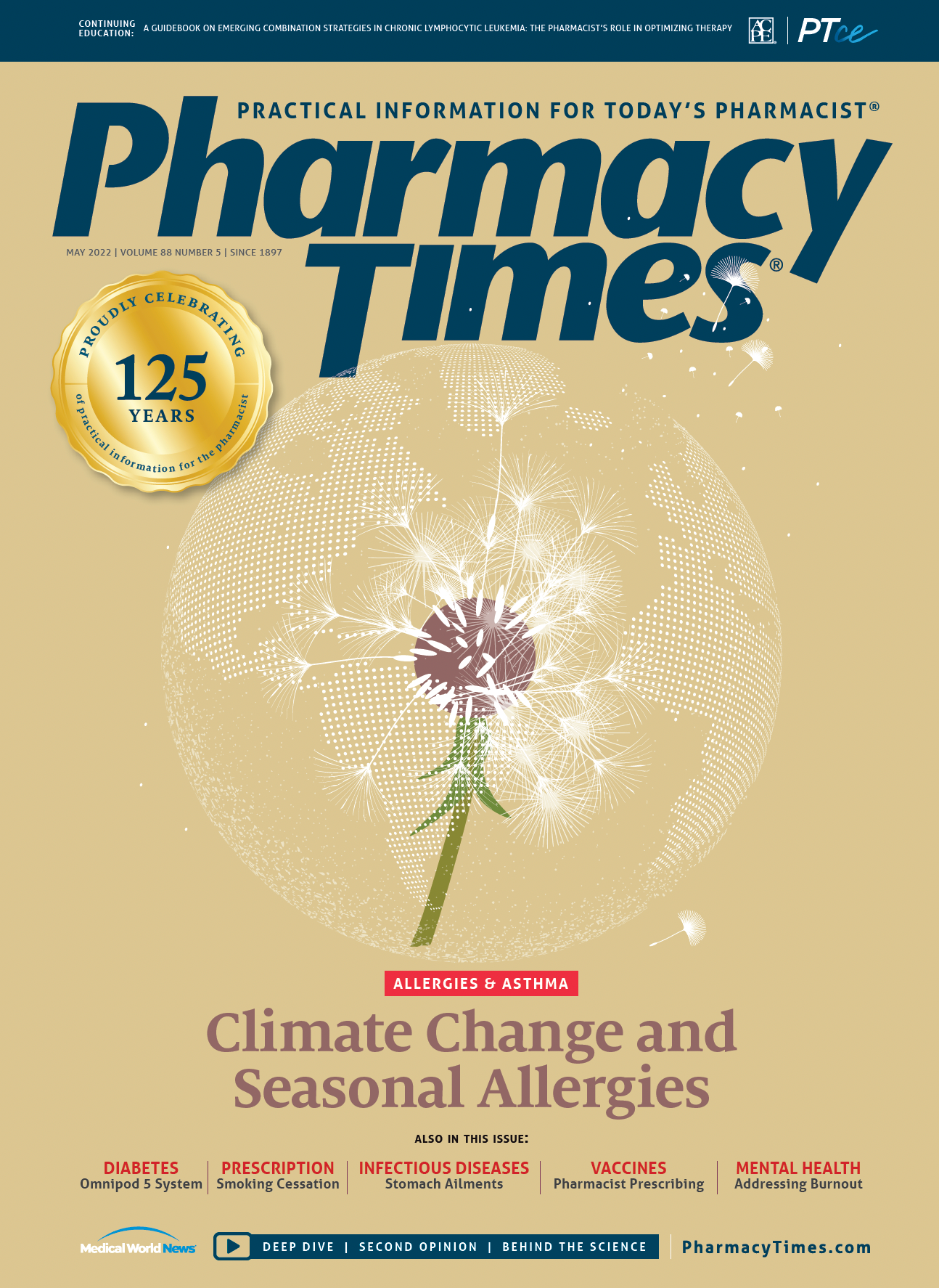Publication
Article
Pharmacy Times
Pharmacist Prescribing: Road Less Traveled Is Getting Busier
Author(s):
Some states are pushing to increase scope of practice, expand programs.
The COVID-19 pandemic has that pharmacies and pharmacists play a significant role in patient care delivery.
Even before the virus paralyzed the world, pharmacists were key players in the administration of many different vaccines. Additionally, depending on the state, a pharmacist can vaccinate patients, including children.
An outgrowth is the evolving pharmacist-prescribing model, which is slowly emerging at state levels to facilitate and increase access to drugs or vaccines that were previously only given when initiated by an authorized prescriber, such as a nurse practitioner, physician, or physician assistant. The list of products has grown to include certain travel medications, hormonal contraception, opioid antagonists, smoking cessation products, and vaccines. All these can be prescribed and dispensed by pharmacists in many states without requiring a pre-existing prescription.
The pharmacist-prescribing model has become popular over the past several years because of the push to provide greater access to certain drugs based on their broad use, lack of a need to have multi-layered prescribing authority, and safety. Although only the FDA can reclassify drugs from prescription only to OTC, states determine the scope of practice of the health care practitioners they license and to what extent they may engage in prescriptive activity. It is incumbent on state authority to expand the scope of licensed pharmacists to allow them to prescribe a wider range of medications to patients who would otherwise need to visit and consult with authorized prescribers.
Pharmacists can receive advanced training in a variety of patient care areas such as cardiovascular disease risk management, patient-centered diabetes care, and immunizations. Some pharmacists have successfully managed warfarin clinics for decades. Pharmacists should have the opportunity to expand their scopes of practice. Patient-access models focused on the pharmacy as a hub center will demand expanded roles for pharmacists to engage in patient treatment plans more directly.
The evolution of pharmacist prescribing does not necessarily require that all pharmacists practice at the same level. In some cases, pharmacists might still require that a patient receive a prescription from a nurse practitioner, physician, or physician’s assistant if they determine after patient consultations that this is required. Allowing pharmacist prescribing also does not mean that a patient cannot or should not seek the advice of a nurse practitioner, physician, or physician’s assistant before getting treatment at a pharmacy hub center of care. And finally, pharmacists should not be required to offer these prescription services to the extent that they lack the competencies and training necessary to do so. Instead, the pharmacy access model voluntarily expands pharmacists’ scope of practice and patients’ autonomy and range of options. Pharmacists are gaining ground in many states when it comes to scope of practice. Pharmacists provide added convenience and access to care while reducing costs for patients.
To help move the needle on pharmacist prescribing, state associations should urge lawmakers to expand upon the pharmacist prescribing model by passing laws that specifically empower pharmacists to treat patients directly. States should pass laws that include pharmacist prescribing in areas such as hormonal contraception, injections, and patches; OTC nicotine replacement products and prescription products to aid in smoking cessation; tuberculin skin test administration and results interpretation; medications to patients who test positive for influenza or strep throat; and medications such as low-sedating and nonsedating antihistamines, corticosteroids, decongestants, leukotriene receptor antagonists, and cromolyn sodium. Finally, lawmakers should implement new laws that create permanent implementation of emergency executive orders to allow pharmacists to continue to treat patients who were treated under COVID-19 treatment protocols.
The pharmacy-access model offers the opportunity to increase patient access to medical providers and expands the pharmacist scope of practice to include services that they are well equipped to perform. States that have expanded pharmacist prescribing to include birth control, immunizations, and smoking-cessation drugs provide a model for other states to follow. Although not truly an OTC model, allowing pharmacists to prescribe is a state-based effort to get around the federal barriers put in place by the FDA. States that have expanded pharmacy-access programs have set an example that other states can look to in enacting patient-centric policies. Although federal efforts lag, state lawmakers can ensure that citizens have increased autonomy, freedom to choose, and healthier lives overall.
About The Author
Ned Milenkovich, PharmD, JD, is chair of health care practice at Much Shelist PC in Chicago, Illinois.

Newsletter
Stay informed on drug updates, treatment guidelines, and pharmacy practice trends—subscribe to Pharmacy Times for weekly clinical insights.





